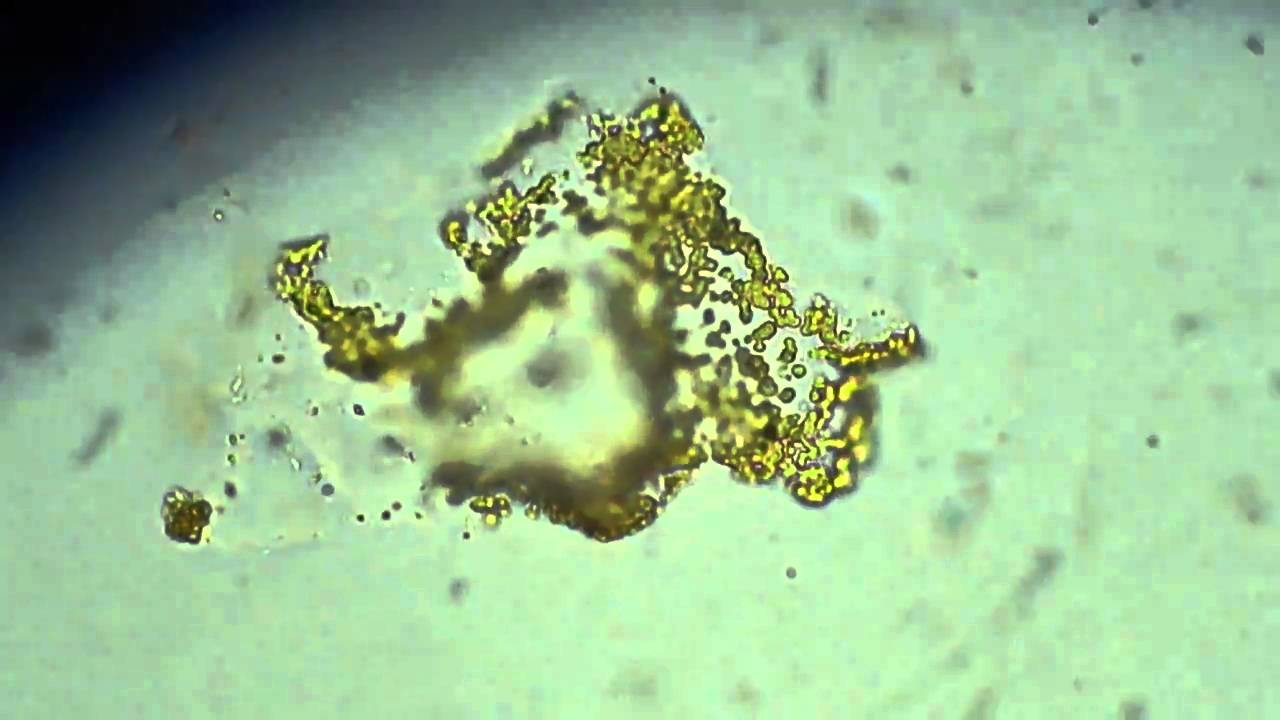
New smartphone screens
Scientists have made encouraging progress in developing Lead halide perovskite (LHP) screens that offer top-quality brightness and clarity as well as excellent strength, and which could be fitted to the phones, televisions, and laptops of the future.
While the nanocrystal-based material has long been showing promise as a base for displays, it's very sensitive to light, heat, and water. It also has a tendency to leak toxic metal ions, which isn't ideal for a consumer electronics product. The latest research into LHP displays fixes a lot of these problems by trapping the LHP material inside glass.
This process is key to stabilizing the material, enhancing its efficiency, and inhibiting the toxic lead ions from leaching out from the materials.
Bonus points if you know that the nanocrystal-based perovskite material is also being looked at as a superior, next-gen base for solar panels. Not only can it work as a display, but it can also be adapted to turn sunlight into electricity.
Scientists are also developing screen technology that's able to heal itself when it's broken.
This discovery opens up a new generation of nanocrystal-glass composites for energy conversion and catalysis.
 English
English Arabic
Arabic


